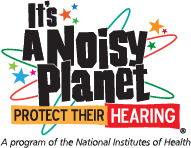It’s a noisy planet! Many sounds are safe, but others can damage your hearing. This damage is called noise-induced hearing loss, or NIHL for short. You can lose some of your hearing from loud sounds you hear at home, school, and just about anywhere else. Hearing loss from noise can begin at any age. The damage can build up over time. Once you lose even some of your hearing, you can’t get it back.
Sounds can be harmful when they’re loud and last for a while. For example, sporting events, concerts, and music through your headphones can all be loud enough to damage your hearing in just a few minutes!
Sounds can also be harmful when they’re very loud even if they last for a short time—such as fireworks, a jet taking off, or a gunshot. The louder the sound, the faster it can damage your hearing.
The Good News: You Can Prevent Noise–Induced Hearing Loss!
- Lower the volume. Always listen at safe levels. Sounds at or below 70 dBA are generally considered safe.
- Move away from the noise. Sounds get quieter as you get farther away from the source.
- Wear hearing protectors, such as earplugs or earmuffs.
How Does Noise Damage Your Hearing?
The cells inside your ear that respond to sound are called hair cells. On top of each hair is a wispy bundle of stereocilia (pronounced STARE–ee–oh–SILL–ee–ah), which sways with sound vibrations. Over time, sounds that are too loud can damage these hair cell bundles. When that happens, hair cells can’t send information about sounds to the brain. In humans, hair cell bundles cannot be fixed or replaced, so this damage leads to permanent hearing loss.
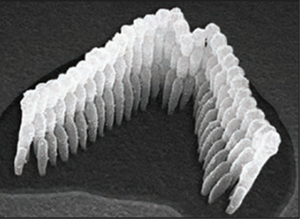
This wispy bundle of stereocilia sits on top of a hair cell in the ear. The hair cell bundle sways with sound vibrations.
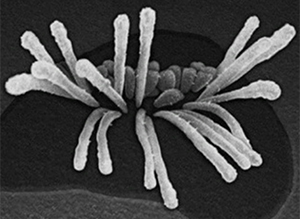
Loud noise can damage the hair cell bundle, and then the hair cell can’t respond to sounds.
How Loud Is Too Loud?
Sound is measured in units called decibels (dB), just as height is measured in feet or inches. Because people can’t hear all frequencies, or pitches of sound, we often use A–weighted decibels (dBA) to describe sound based on what human ears can actually hear.
Sounds at or above 85 dBA can damage your hearing, depending on how long they last. The louder the sound, the faster the damage. For example, movie theaters can be very loud, up to 104 dBA. When sounds are that loud, you could put your hearing at risk in less than 14 minutes!
Types of Hearing Protectors
When you can’t turn down the volume or move far enough away from loud sounds, you can use hearing protectors to keep your hearing healthy. The best kind of hearing protectors are the ones you like and will use.
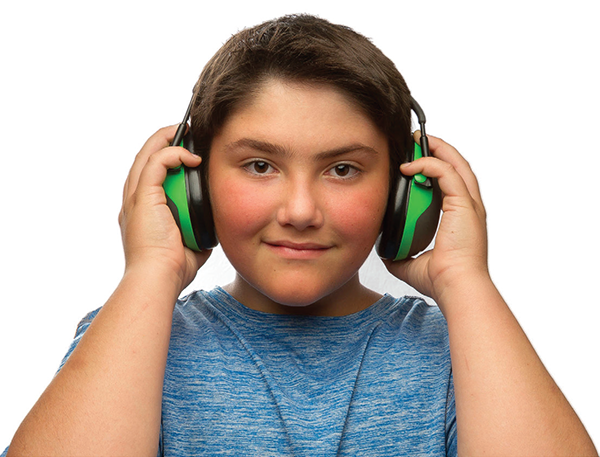
Child wearing hearing–protective earmuffs.
Most people use earplugs, which are worn in your ear, or hearing–protective earmuffs, which are worn over your ears. You can buy earplugs or protective earmuffs in stores or online. Hearing protection can cost only a little, like foam earplugs, or cost more, like earmuffs or custom earplugs.
Loud noises are one of the most common causes of hearing loss. If you practice these healthy habits now, you can help protect your amazing sense of hearing for decades to come!
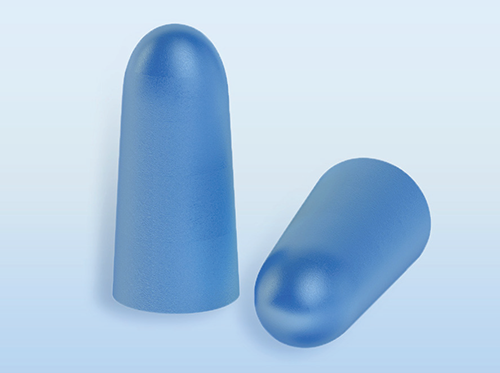
Foam earplugs
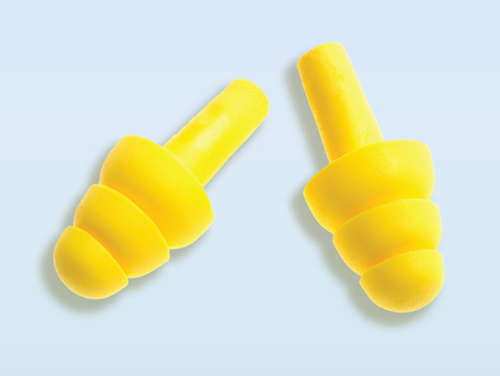
Pre-molded earplugs
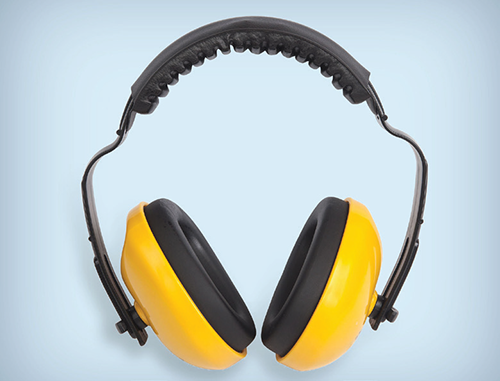
Hearing–protective earmuffs
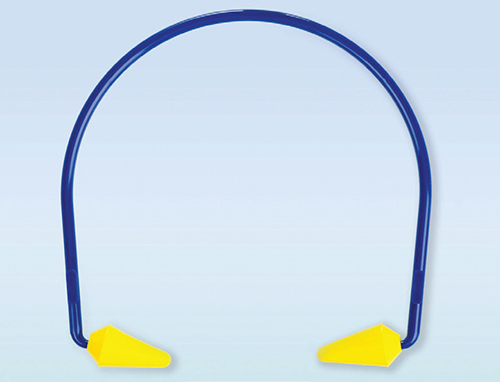
Canal caps

